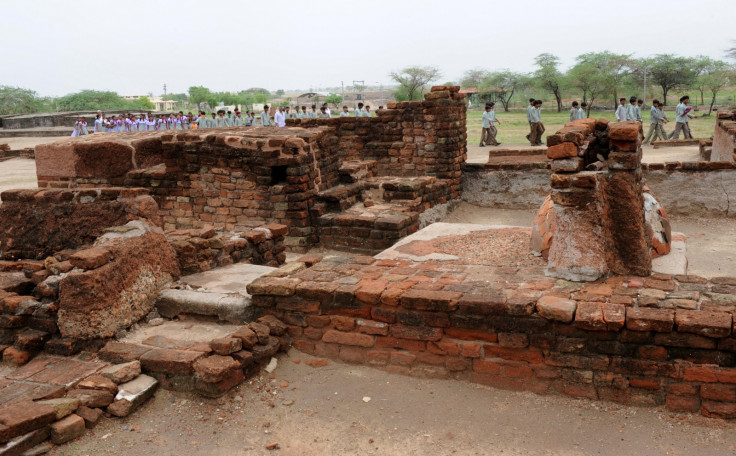Indus Valley civilization could be older than Egypt and Mesopotamia

The Indus Valley civilization is considered one of the oldest in the world and now archaeologists believe that it might be even older than earlier estimated. According to new research, the Bronze-Age civilization which spreads across parts of Pakistan and India, may be 8000 years old – 2500 years older than previously dated.
A team of researchers from prestigious Indian institutes including IIT Kharagpur, Institute of Archaeology, Deccan College Pune, Physical Research Laboratory and Archaeological Survey of India (ASI) used carbon dating techniques on animal remains and pottery fragments from the Bhirrana site in India and came to the conclusion that earlier dating may have been incorrect.
"Based on radiocarbon ages from different trenches and levels, the settlement at Bhirrana has been inferred to be the oldest (>9 ka BP) in the Indian sub-continent. To check its validity we dated archaeological pottery from two cultural levels using optically stimulated luminescence (OSL) method and thus investigated the interrelationship between the cultural levels and climate change that occurred right at the settlement, a critical gap in information that exists in our present understanding of the Harappan civilization," the findings which were published in Nature Scientific Report on 25 May stated.
Further testing is still required to confirm the new research, but if confirmed, it would mean that the Indus Valley civilization is older than the ones in Egypt and Mesopotamia.
"Our study pushes back the antiquity to as old as 8th millennium before present and will have major implications to the evolution of human settlements in Indian sub-continent," Anindya Sarkar, a professor at the department of geology and geophysics at IIT Kharagpur said.
The ancient civilization is said to have spread across parts of modern-day Pakistan and northwest India, with traces found in Afghanistan as well. It was most populated along the basins of the Indus River and its tributaries and at its peak spanned million square miles with a population of more than 5 million. Mohenjo-daro and Harappa in Pakistan are the two major sites of the civilization, the remains of which are indicative of the progressive style of town planning and farming that were practiced.
While it has been suggested that the expansive civilization may have declined with the change in weather and the drying up of the Indus River, this latest report by the Indian research team proposed an alternative cause for the fall.

"It is difficult to point to one single cause that drove the Harappan decline although diverse suggestions from Aryan invasion, to catastrophic flood or droughts, change in monsoon and river dynamics, sea-levels, trade decline to increased societal violence and spread of infectious diseases have been proposed. The continued survival of Harappans at Bhirrana suggests adaptation to at least one detrimental factor that is monsoon change," the research states.
"Our study suggests that the climate was probably not the cause of Harappan decline," the researchers said in a statement. "Increasing evidences suggest that these people shifted their crop patterns from the large-grained cereals like wheat and barley during the early part of intensified monsoon to drought-resistant species of small millets and rice in the later part of declining monsoon and thereby changed their subsistence strategy."
But changing the crop then resulted in "de-urbanisation" as the cities's larger storage facilities were abandoned for smaller personal storage spaces.
"Because these later crops generally have much lower yield, the organised large storage system of mature Harappan period was abandoned giving rise to smaller more individual household based crop processing and storage system and could act as catalyst for the de-urbanisation of the Harappan civilization rather than an abrupt collapse," the report explained.
© Copyright IBTimes 2024. All rights reserved.























